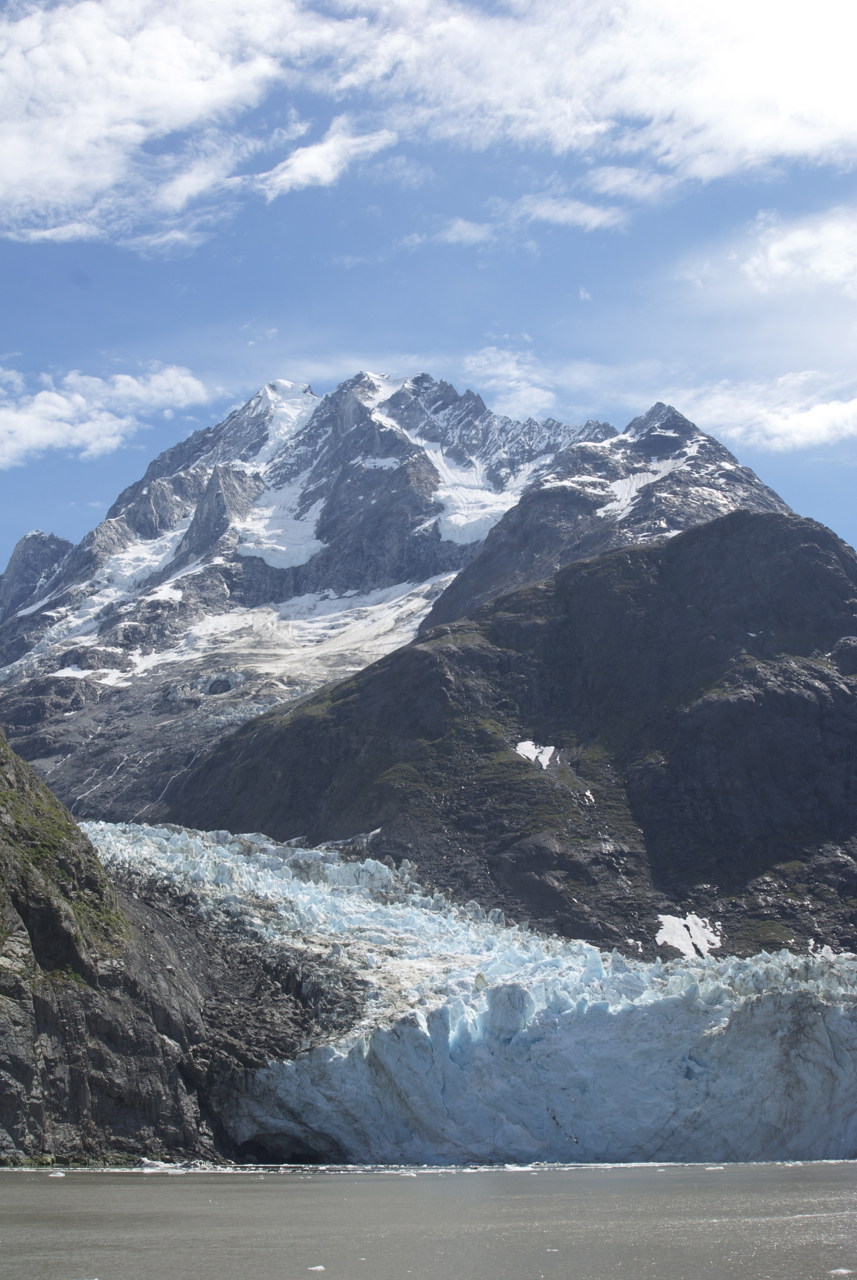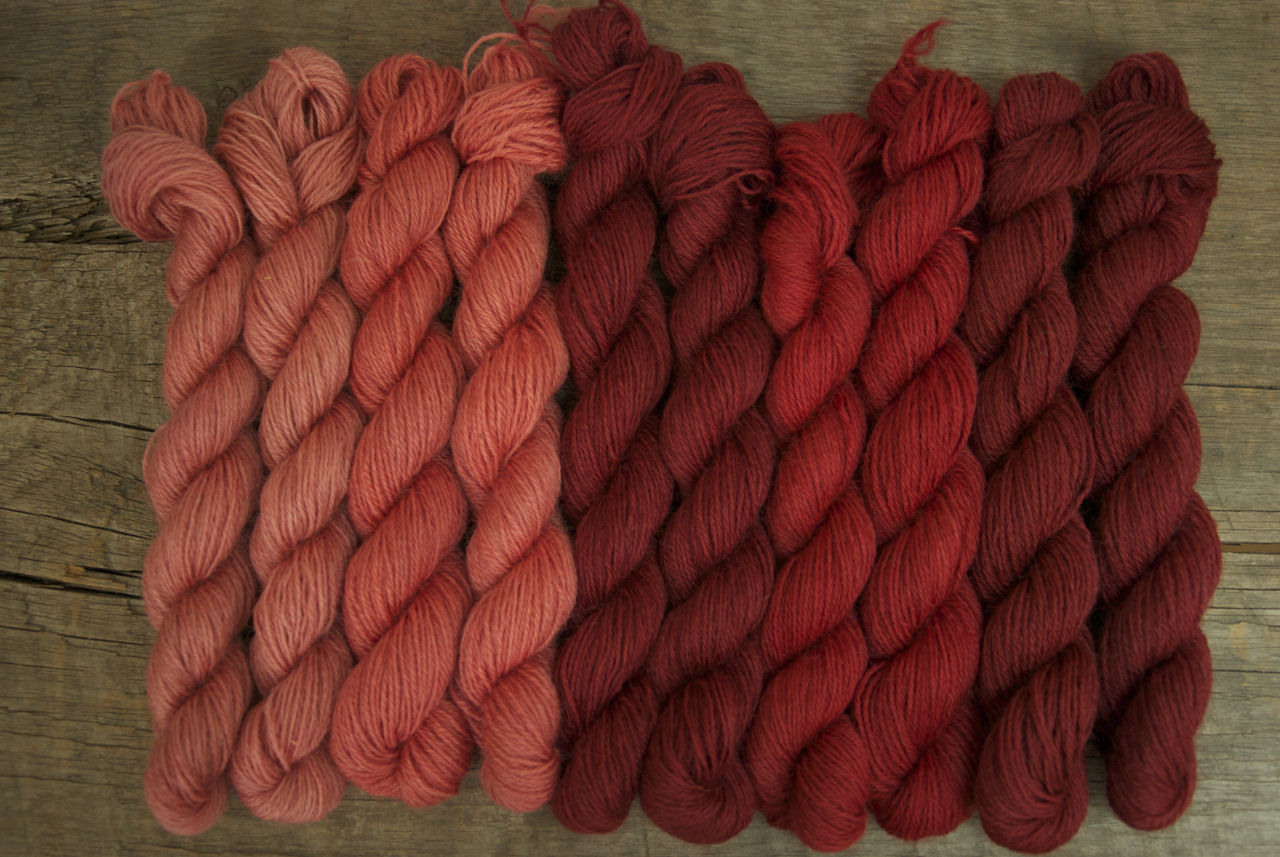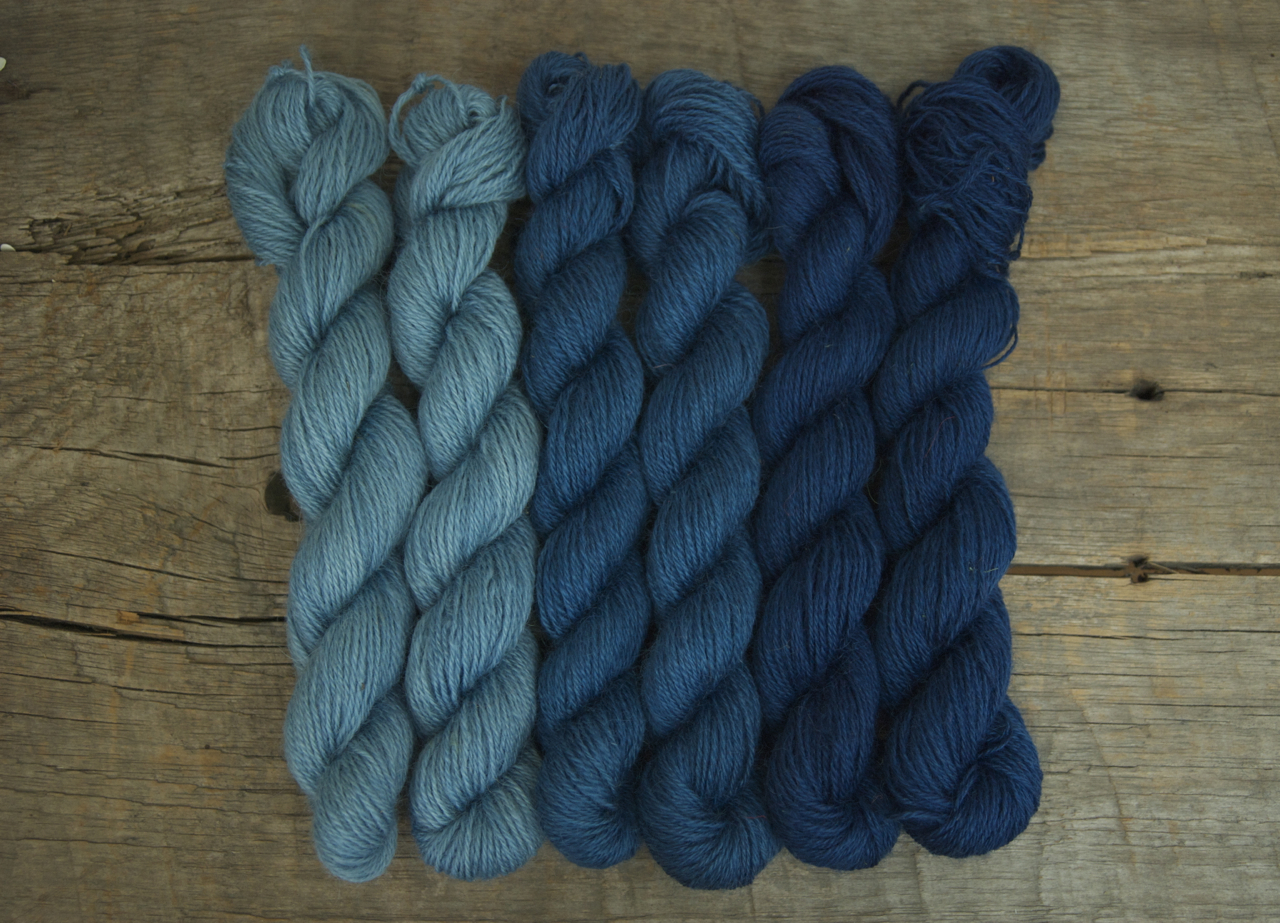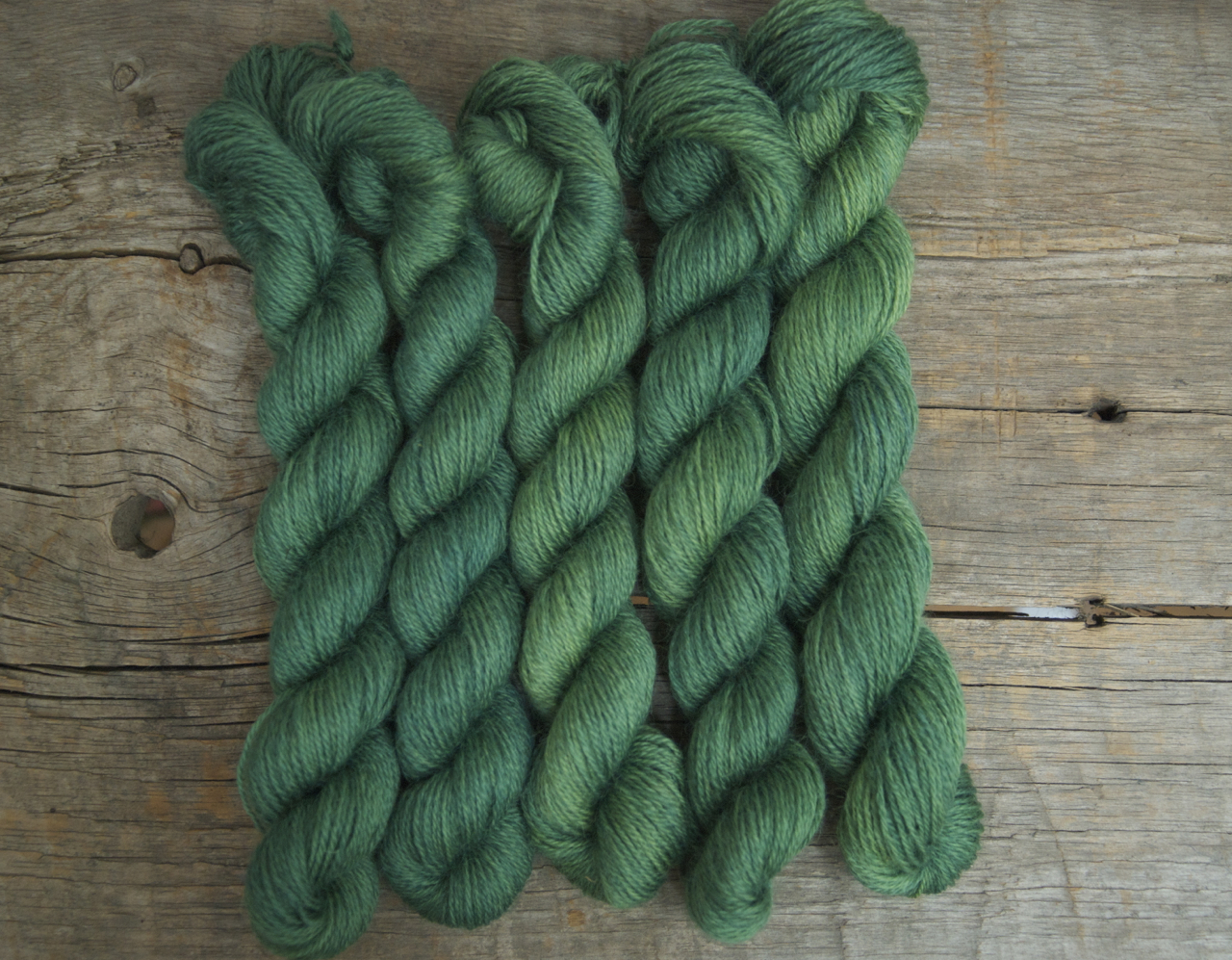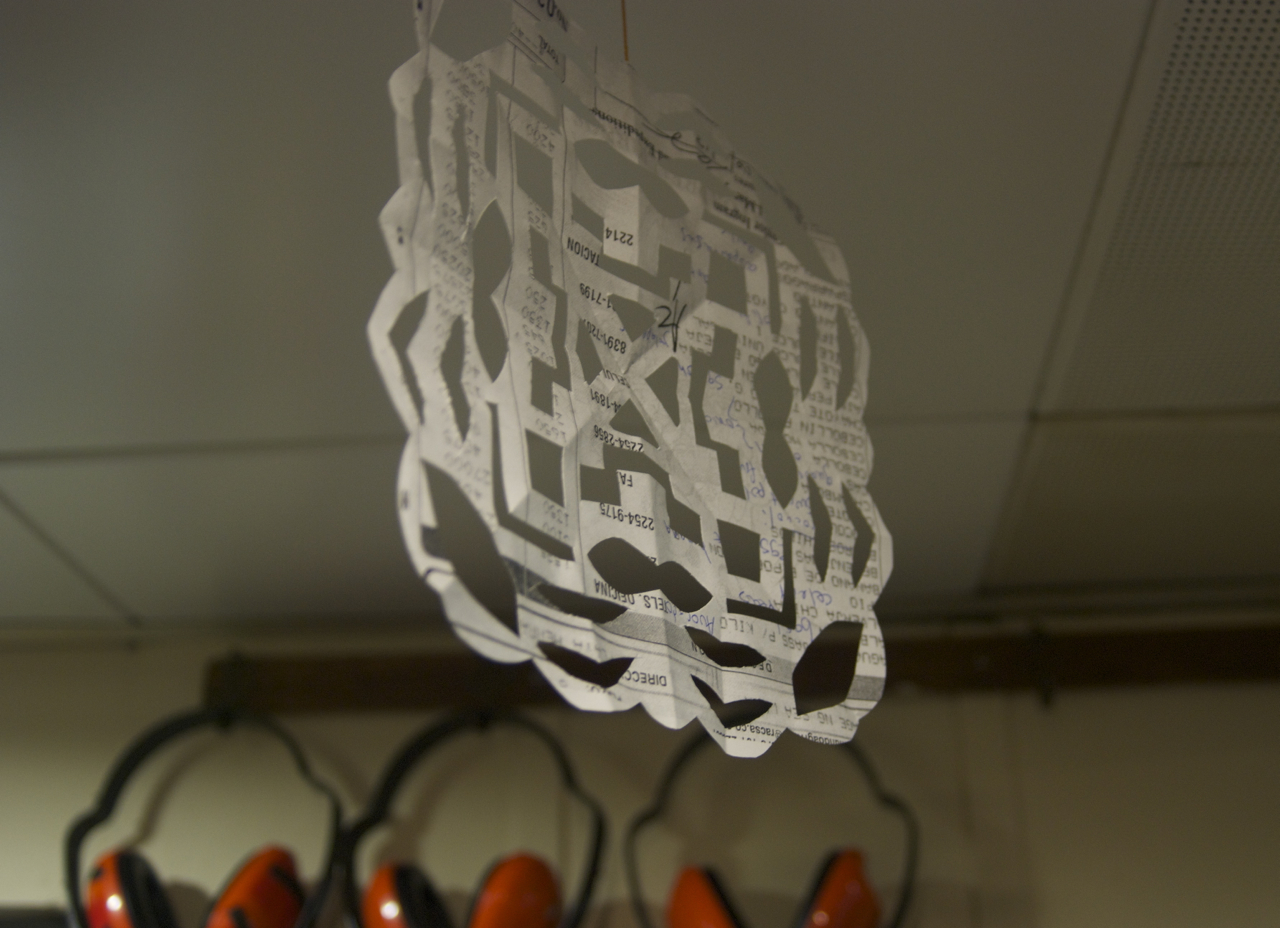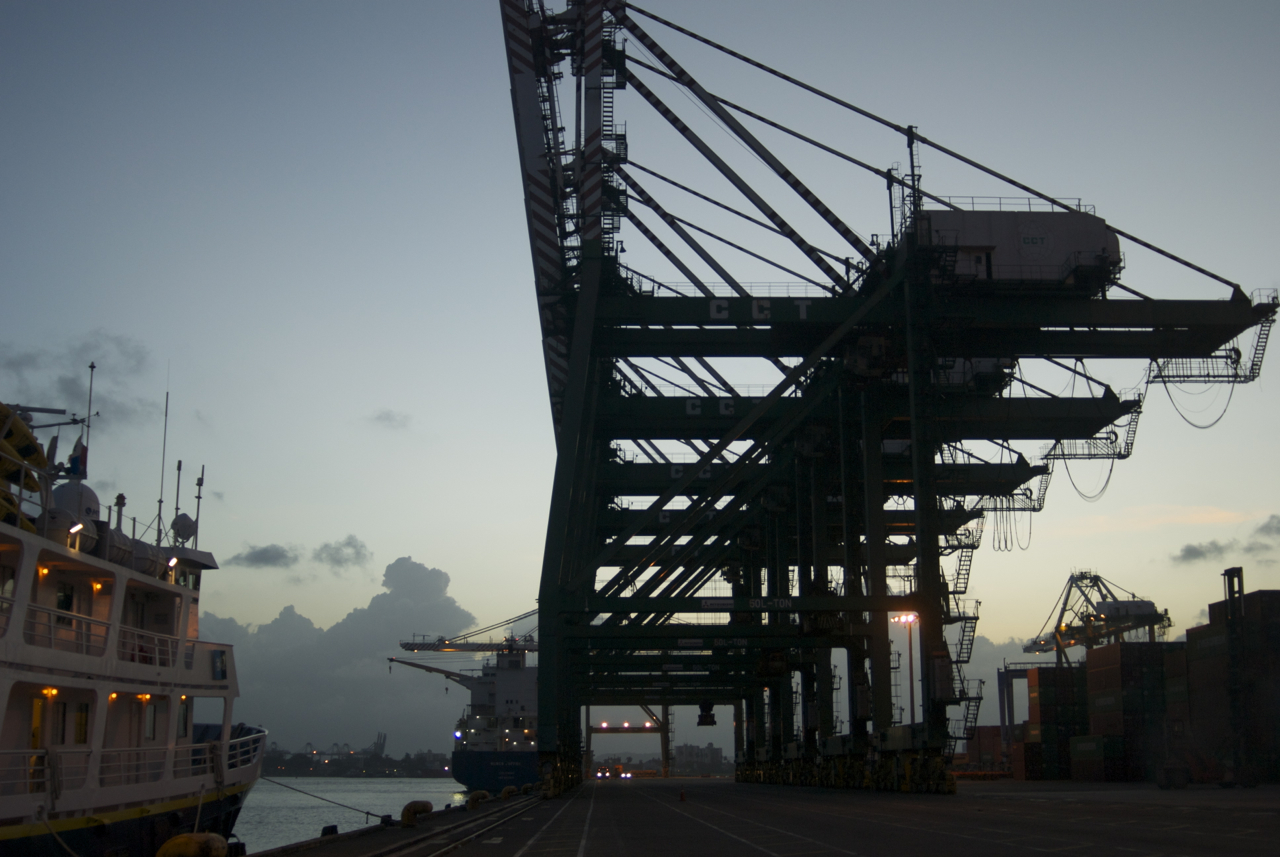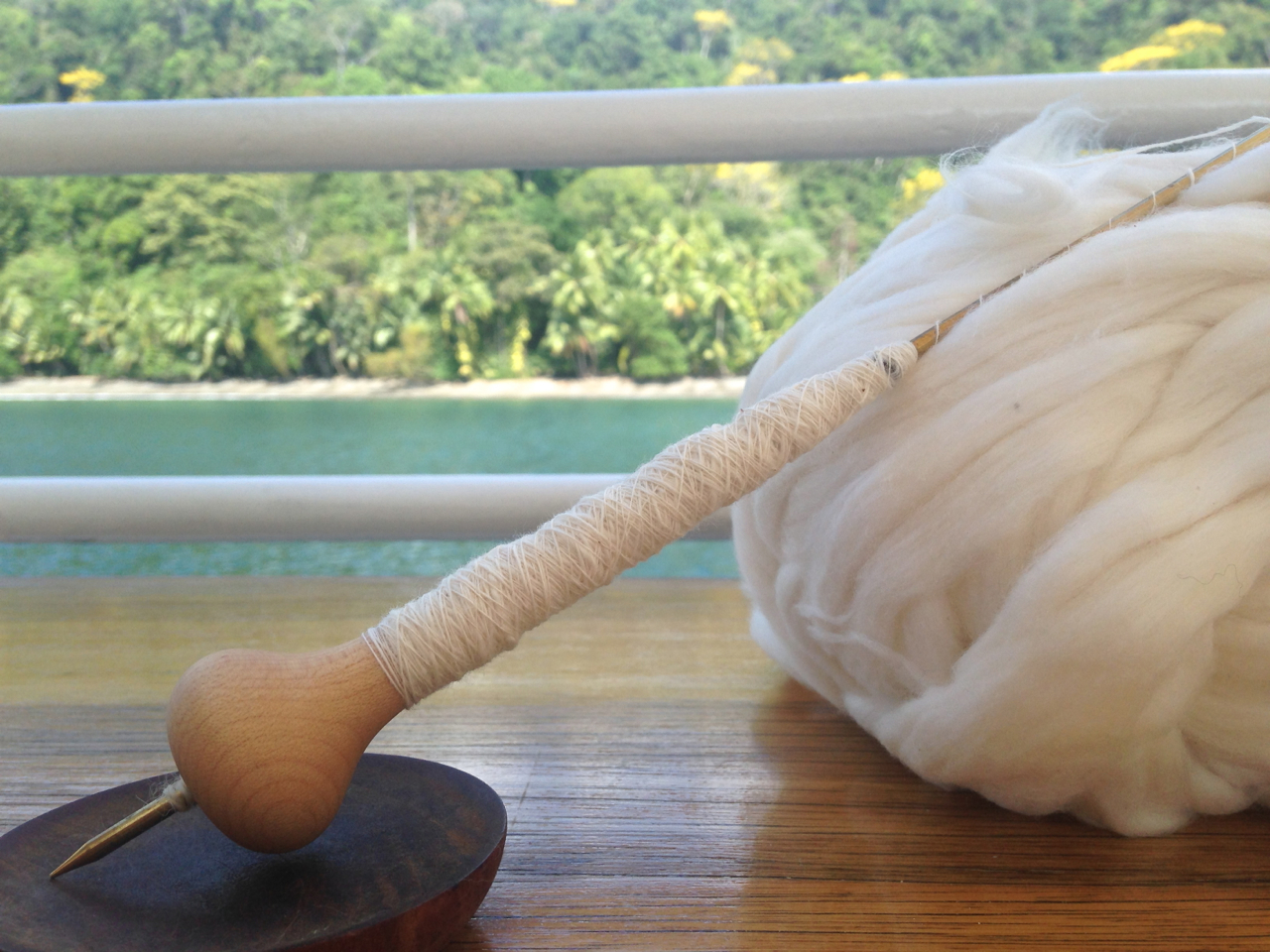Up late the night before (I didn’t get back to bed until 0330) I was already in a somewhat cranky mood by the time the wrong person called me the wrong thing while I was drinking my first cup of coffee up on the sun deck and pondering my life choices in that slow sleepy way that happens when one really wants to go back to bed. With the distance of time, and a lot of coffee, I know that he meant nothing by it other than the vague friendliness that all people who deal in customer service routinely express to those around them, and yet. And yet. And yes, in retrospect I let it bother me more than I should, because it was a little thing, but it was also just one little moment in a constant stream of little moments, and any woman who has ever worked in a mainly male field will know exactly what I am talking about, and will also understand the subsequent stages of righteous anger, then minimizing, then feeling silly, then defensive, and ultimately resigned, because seriously, it’s not as bad as it could be, and what else can one expect?
One of the naturalists* has taken to calling me “Sarita linda”. For those unfamiliar with the diminutive in Spanish, “Sarita” is the diminutive form of Sarah, basically “little Sarah”. A college friend’s Colombian born mother used to call me “Sarita” and I felt honored, because she was one of my favorite people, and coming from her it conveyed a level of care and closeness. It is utterly inappropriate coming from a male not-quite-coworker who is maybe ten years older than me. And “linda” (pretty) has nothing to do with me, my position on this boat, or my relationship to him. I am the assistant engineer. Though I never make a point of it, I hold a rank equivalent to the Chief Mate. There are only two people on this boat who can order me to do anything and make it stick, everyone else has to ask. We are a friendly bunch, not the kind of boat where anyone orders anyone to do anything, but it still means something that I have three stripes on my epaulets (worn once a week during officer introduction, then quickly put away in favor of my coveralls). And what really makes me angry is that this guy (and the Panamanian line handlers we bring on in the canal who flirt and call me “Princessa”, and the refrigeration tech in Alaska and a host of others) see me first and foremost as just some chick to be talked down to. It’s exhausting. And I find myself thinking about what I’m wearing (full coveralls if I’m working, long loose canvas pants and a t-shirt when I’m just waking up) and how any of that could possibly make it seem like I would take well to being called “pretty little Sarah”, and then I get angry because that way lies victim blaming a burqas and if these guys are going to see me as less than fully human why can’t they see me as merely an extension of the boat, which is how I feel when I’m feeling less than fully human.
I long for a book written by a woman in a similar position. I long for the voice of the slightly older, slightly wiser woman who knows what it feels like to be the only woman holding a position of authority amongst a group of men. There seems to be a flourishing lately of books written by women who head out somewhere, alone, to find themselves. This is great, as far as it goes, but I have gone out, alone, to find myself and I find that my problems these days lie mainly in other people.
So I lost the rest of the day, and much of the next, in rumbly grouchy thoughts about such things. One of the things I love most about working on boats is that one quickly becomes one’s position, and that eventually one’s gender becomes as relevant as one’s hair color, nothing more than a descriptor. It never fully goes away, but I can be “Assistant Engineer”, “Sarah”, “Female” as opposed to “Female”, “Sarah”. Luckily, the second mate who is on at the moment is also female, and also worked her way up on tall ships, and also very much understands the feeling of being female in a mainly male environment, so I vented a bit to her in the slightly coded language** that women use when they are angry about endemic low level sexism, but also can’t come out and make a big deal about it, and it didn’t make me feel better exactly, but it made me feel less alone, and very grateful for it.***
*In addition to “crew” (the people necessary to take care of the boat and physical needs of the guests - mates, engineers, hotel manager, purser, cooks, deckhands, stews) we carry also carry “staff”, a group of naturalists, photo instructors, and a wellness specialist, who take care of the entertainment and education of the guests. The relationship between staff and crew is generally cordial, but an essay unto itself.
** And that’s the other maddening thing about endemic low level sexism - no one wants to be seen as a whiner, or as someone who can’t take a joke, and no one wants to hurt the feelings of their male co-workers, and so even to other women in private conversation we use coded language that can be quickly walked back. It’s one thing if the problem is from people outside the boat - it is understood that the stews and (female) bartender will take bags full of trash to the aft companionway rather than all the way to the trash locker when we are in the Canal because going to the trash locker means walking past, and maybe through, the group of Panamanian line-handlers on the fantail, but when the problem is a co-worker things become far more complicated.
*** I very nearly did not post this, because now that my temper has cooled a bit I find myself in the stage of “minimizing/denial” and don’t want to sound like I’m whining or turning a few offhand comments into a bigger problem then they are, because hey, it could be way worse. And I’m disappointed in myself for that reaction. So I’m posting it.
























































